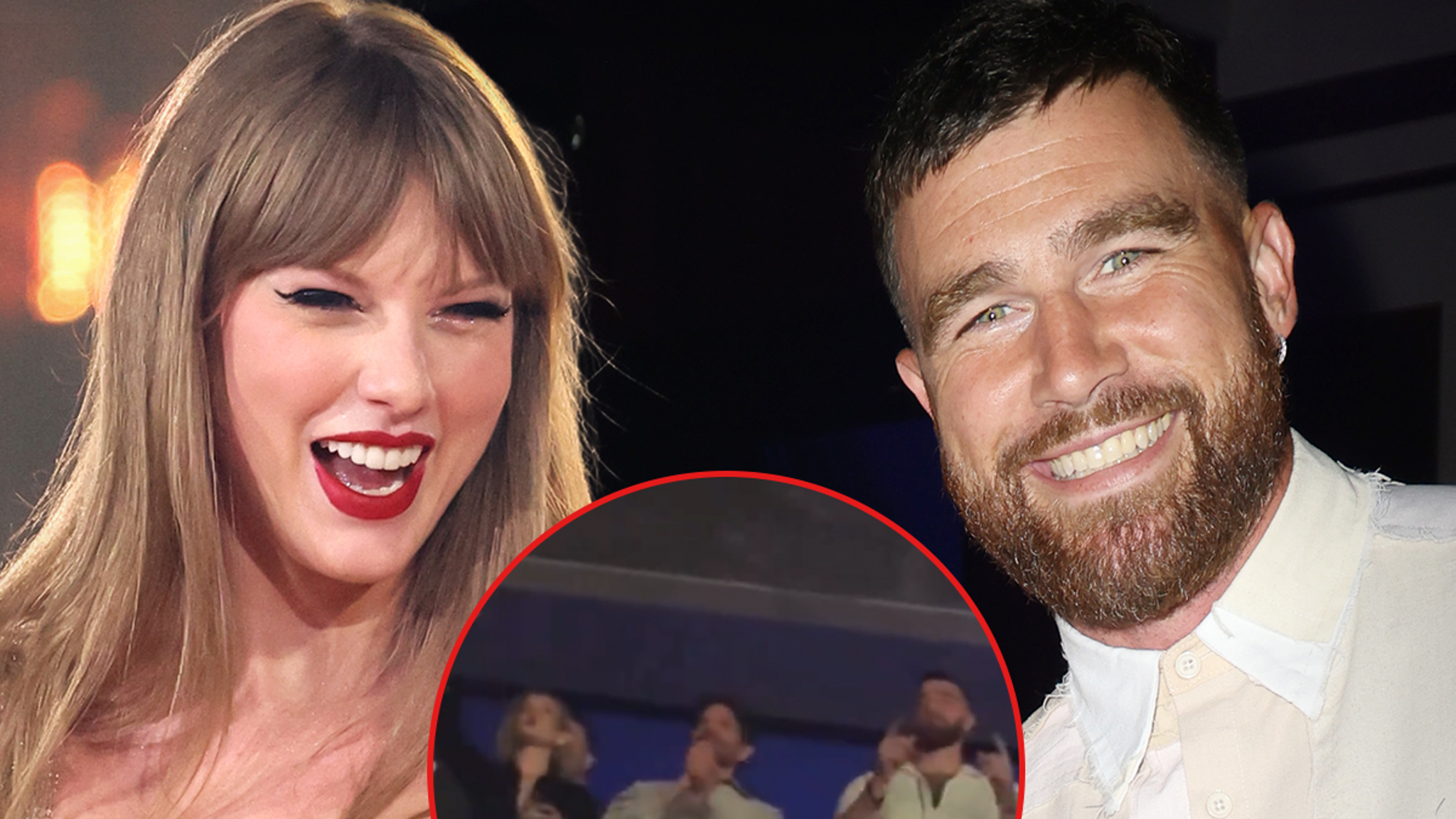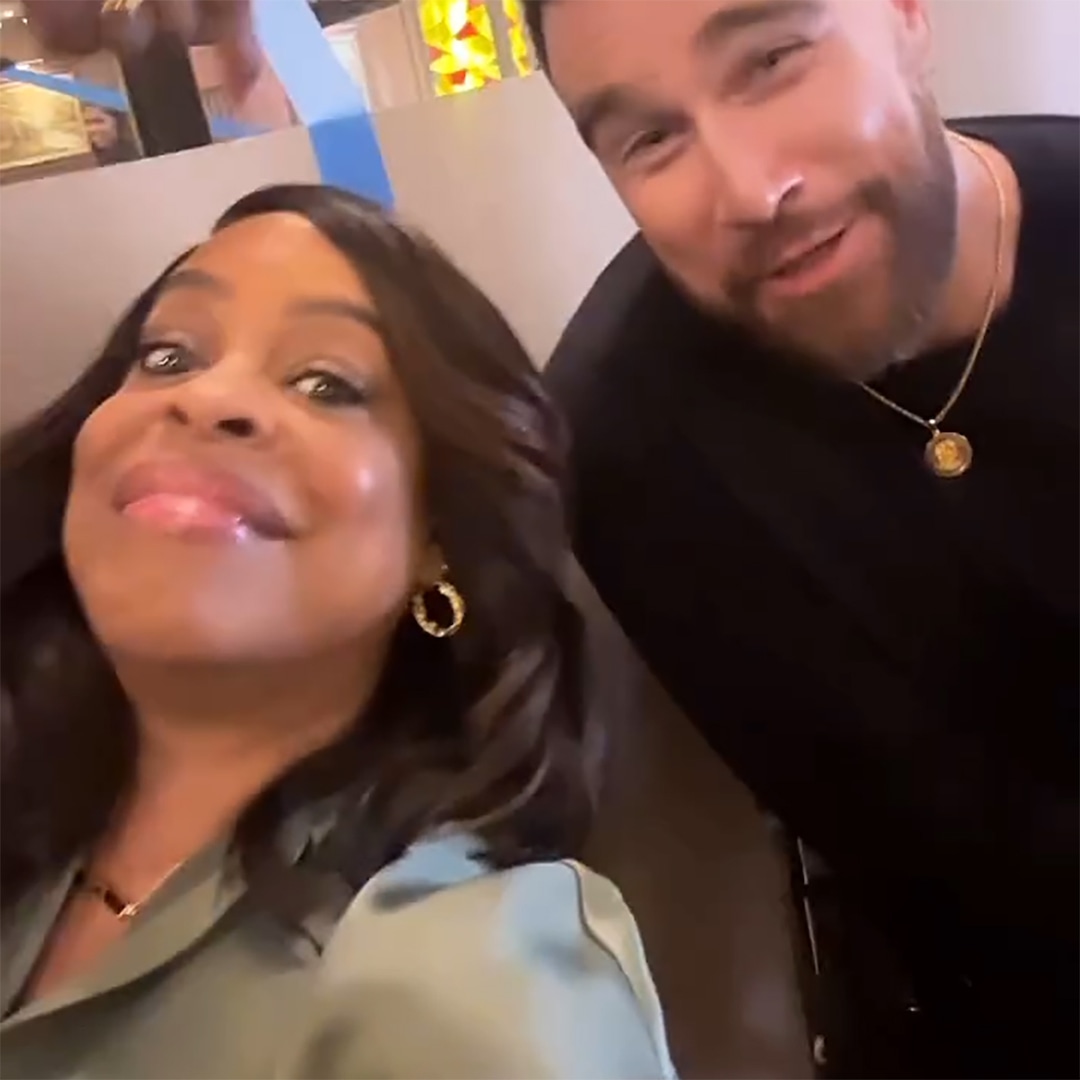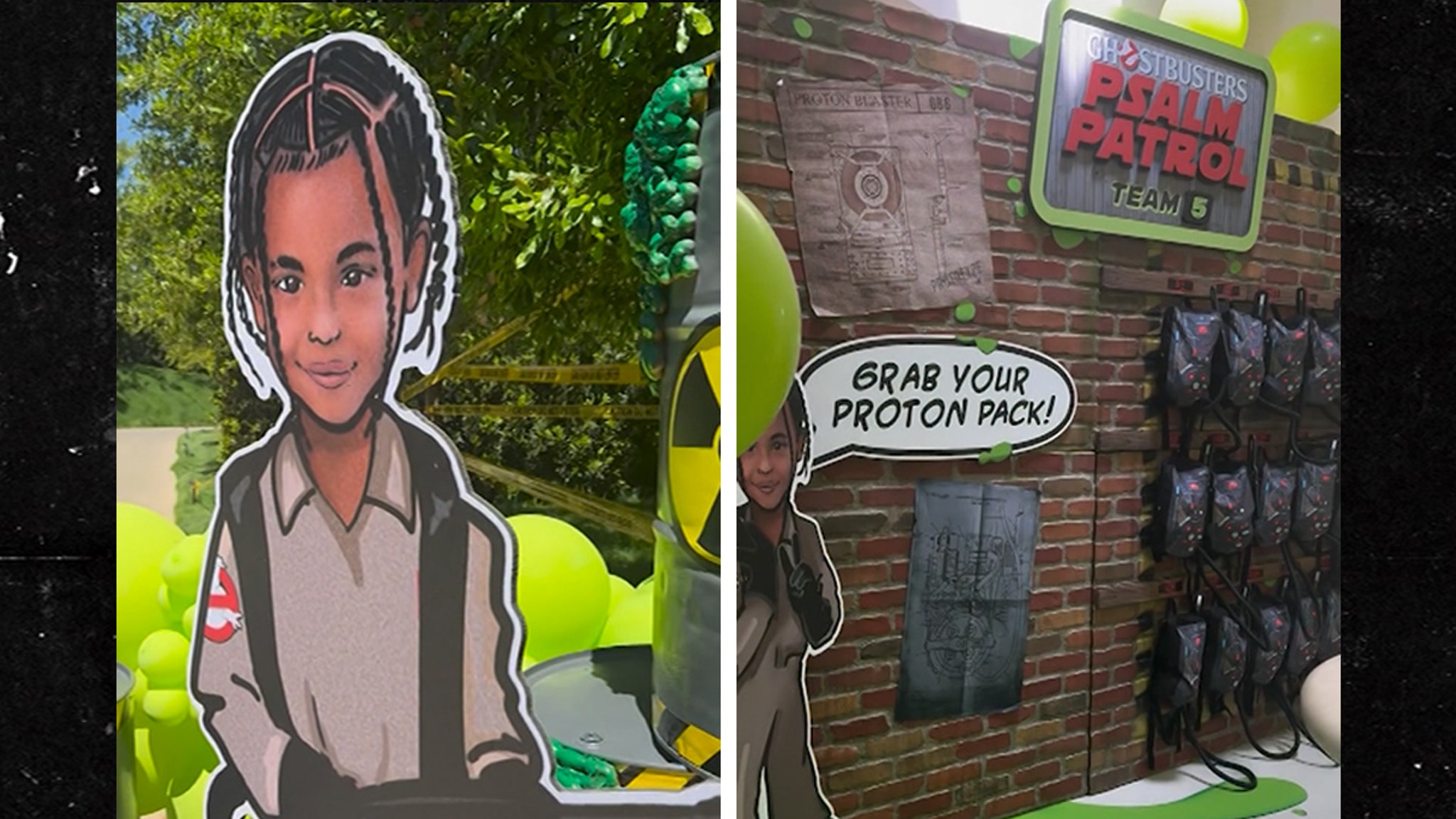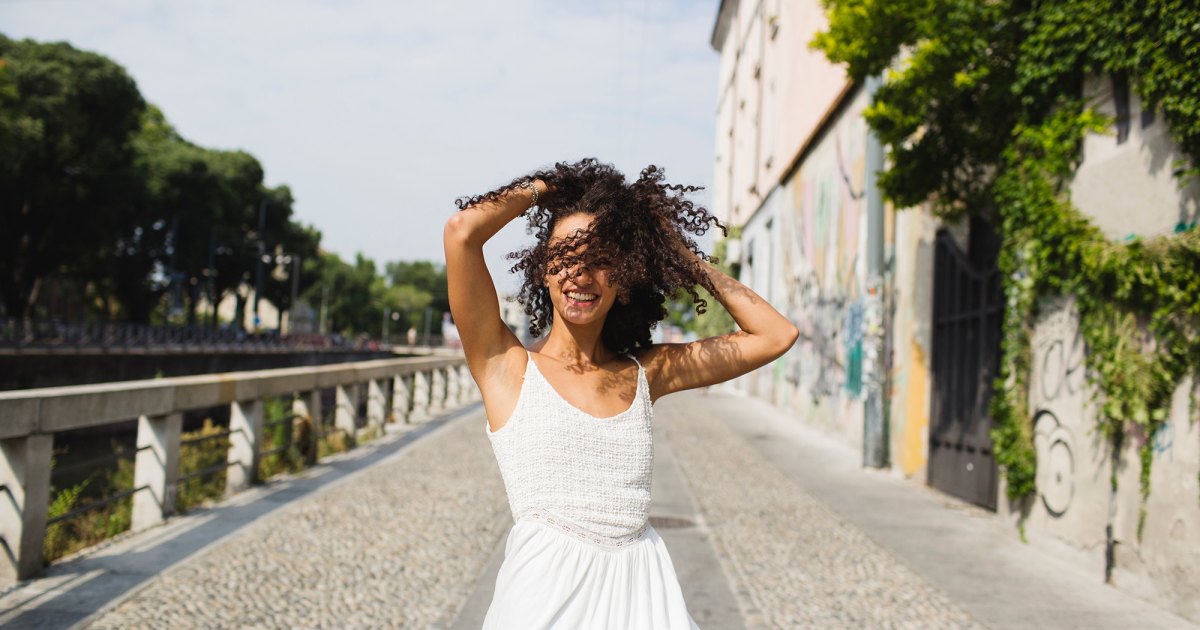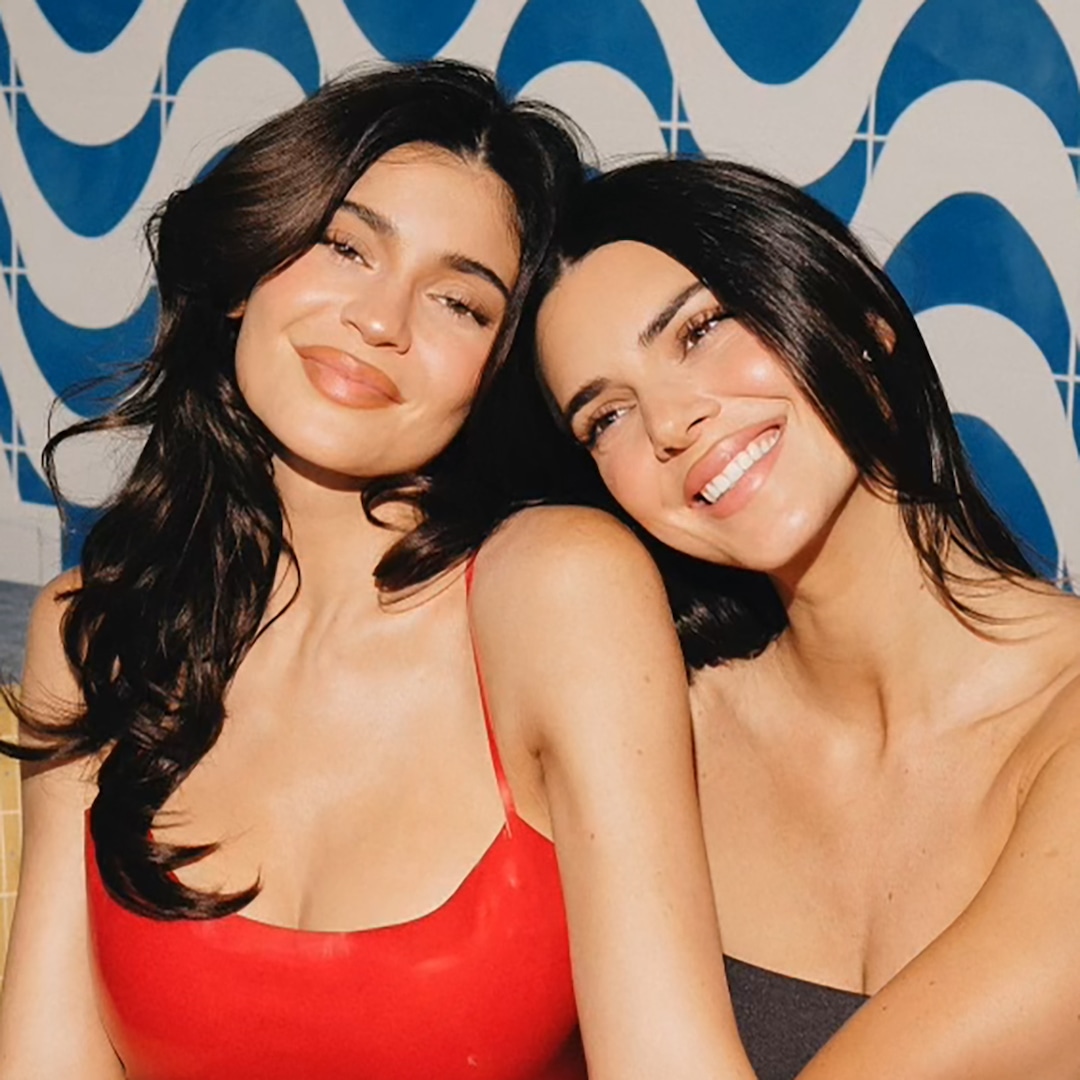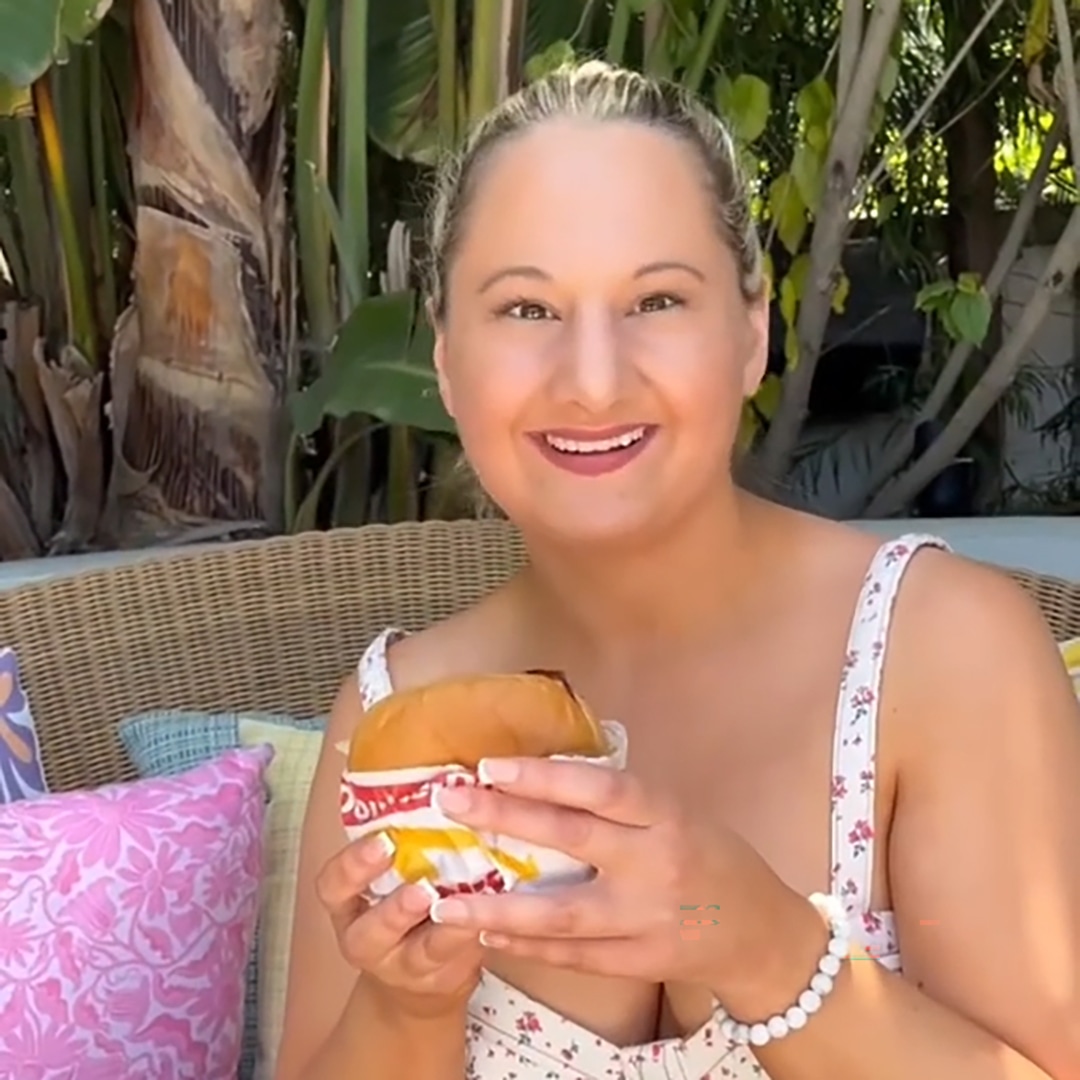Culture
With YouTube Booming, Podcast Creators Get Camera-Ready

For its new podcast studio in Burbank, Calif., Exactly Right Media — the company behind hit shows like “My Favorite Murder” and “This Podcast Will Kill You” — made several investments in high-end audio equipment: soundproofing, microphones, a dedicated control room.
But that was only half the job.
Next, it purchased half-a-dozen video cameras with the help of consultants, hired a set designer and a lighting designer, and found someone to build the scaffolding from which the new equipment would hang.
“We got the best truss guy in the city,” said Danielle Kramer, the company’s chief operating officer.
Until recently, Exactly Right would have had little need for such accouterments — more typical of a television studio than an audio company whose products are primarily consumed on long commutes or during weeknight dish duty. But the podcast industry is changing. As consumers, especially those under 30, spend more time on video platforms like YouTube and TikTok, many audio creators are reimagining their work to be seen as well as heard.
New shows, like “Power User,” “Beyond the Arc” and “What Now? With Trevor Noah,” now commonly launch with video on Day 1, while established series — including “Las Culturistas” and “Planet Money” — have added video supplements. According to a Times analysis of data published by Edison Research, 16 of the top 30 podcasts in the final quarter of 2023 — more than half — were available as filmed videos, compared with just seven of the top 30 from that same period two years earlier.
But the embrace of video presents a web of challenges. In addition to the added production and facilities costs, there is the question of how audio creators can compete in the oversaturated, cutthroat universe of viral online video.
Even to make the attempt, some industry veterans argue, represents a kind of betrayal. Podcasts, they say, are a distinctly aural form, and the very idea of a “video podcast” is a contradiction in terms.
“It’s like saying ‘video radio,’” said Jay Cockburn, a radio and podcast producer for The Globe and Mail and Vocal Fry Studios. “It’s a fundamental misunderstanding of the medium.”
Some categories of podcasts have produced video versions for years. Interview-driven series like “The Joe Rogan Experience,” “Conan O’Brien Needs a Friend” and “Drink Champs” reach millions of subscribers on YouTube and Spotify, which added support for video in 2020. Like the 1990s cable iterations of “The Howard Stern Show” and “Imus in the Morning,” the videos typically go behind the scenes of their audio counterparts — multiple camera angles show the hosts and guests sitting around a table and talking into microphones.
Shannon Sharpe, the pro football Hall of Famer and host of the interview podcast “Club Shay Shay,” said viewers like watching how his guests comport themselves. A viral episode of the show from January, featuring the comedian Katt Williams, has been viewed more than 66 million times on YouTube.
“There’s something about video and being able to see it for yourself,” Sharpe said. “You can get a sense of a person and their mannerisms. Are they happy? Are they agitated? Are they sad? Do they really want to tell this story, or would they rather not go further with it?”
A surge of interest in podcasts on YouTube, which added features making them easier to play and discover last year, has made video hard to resist for a wider range of podcasters. It is now the top platform for podcast consumption in the United States, overtaking both Apple Podcasts and Spotify. According to a survey published last fall, 28 percent of podcast consumers now do so on YouTube most frequently, compared to 15 percent who use Spotify and 12 percent who use Apple Podcasts. Those results are the reverse of five years ago, when 29 percent of consumers used Apple Podcasts and just 15 percent preferred YouTube.
“People want their content the way they want it when they want it,” said Lucinda Treat, chief executive of the progressive podcast company Crooked Media, producer of “Pod Save America” and “Lovett or Leave It.” “They might be listening to a podcast in their car and put it on YouTube when they get home.”
YouTube’s powerful recommendation algorithm — an endless pipeline of new videos based on the user’s interests — is key to its allure. There is no equivalent on audio platforms, which many in the industry have long complained lack tools for easily discovering what to listen to next.
A potential new audience could be a boon to the industry after a painful year of layoffs, closures and cancellations, thanks to a down ad market and backpedaling from disenchanted tech investors. But many podcasts may not be fit to survive in a video-driven ecosystem.
Narrative and documentary podcasts, in particular, have struggled to break through. Unlike talk shows, scripted content is generally less amenable to “second screen” or background viewing, which is how 50 percent of users between 18 and 34 prefer to consume podcasts, according to Cumulus Media and Signal Hill Insights. Episodes of “Radiolab,” a narrative show that is among the Top 40 most popular podcasts in the U.S., across platforms, typically draw only 3,000 to 5,000 views on YouTube.
Cockburn, the radio and podcast producer, said the power of these podcasts derives from the personal connection that forms between the listener and the voice in their ears, and in the acts of imagination that only audio can stir.
“There’s nothing like going for a walk or a drive — with a narrator right on your eardrums — and getting that feeling that you just have to hear what happens next,” he said.
“Radiolab,” like many similar podcasts, uses simple, subtly animated background images to accompany its YouTube edition. But some narrative audio companies are hoping that a more ambitious approach to video can succeed where other efforts have stalled.
Bradley Hope, the co-founder of Project Brazen, producers of “The Sound” and “Spy Valley,” said his company is experimenting with documentary-style video clips and filmed narration to make its scripted podcasts more visually compelling. It recently spent around $100,000 building an in-house video studio.
“There’s a sliding scale — if you do too much, then you’re basically making a full-blown documentary, which could easily double your costs,” Hope said, placing the standard budget for a limited, audio-only series at $250,000. “In my ideal world, there’s a step in between that wouldn’t be such a heavy lift.” He estimated that a middle-ground approach to video could add anywhere between $5,000 and $50,000 in costs, or between 2 percent and 20 percent.
Podcast companies that are investing in video see a much welcome, potential new revenue stream. Ian Enright, chief executive of the production company Goat Rodeo (“The Retreat,” “Let’s Talk Off Camera With Kelly Ripa”), estimated that, relative to an audio-only advertisement, a 60-second video ad read by the podcast host might bring in an extra 60 percent in revenue per 1,000 listens. A podcast with a conservatively budgeted video operation and a large and consistent viewership could comfortably justify the added costs.
Even for those enticed by the prospect of a new audience and a boost to revenue, the rapid rise of video has inspired some wariness. Treat, who worked for four years at Vice Media before joining Crooked Media in 2022, said she had “visceral memories” of the digital publishing industry’s own “pivot to video” era. Many outlets, largely chasing viral traffic on Facebook, threw millions of dollars and scores of staff at shiny new video operations — only to retreat after the social network changed its strategy.
“It was a business model that everybody thought was growing forever, and then it really changed,” she said.
Despite reaching 64 million viewers on YouTube last year — up about 100 percent from the year before — Crooked Media still finds the vast majority of its audience on audio platforms, which Treat said are the company’s primary focus. The audience for “Pod Save America,” its flagship series, is about 80 percent audio and 20 percent video. Fans who discover Crooked Media shows on YouTube, Treat said, will hopefully become audio subscribers, as well.
At Exactly Right Media, Kramer and the co-founders Karen Kilgariff and Georgia Hardstark are taking a similarly balanced approach. When it is completed later this spring, their new Burbank studio will at first be used not to record full video podcasts but for promotional videos and livestreams, meant to drive audiences back to their audio content.
“Maybe it’s the elder millennial in me,” Hardstark said. “But I still love the intimacy of audio.”

